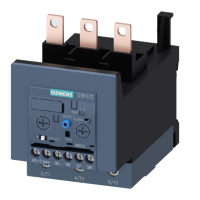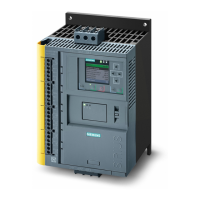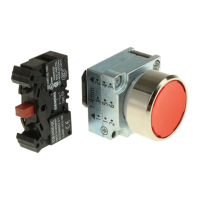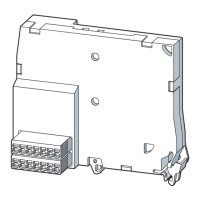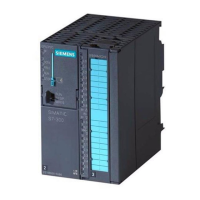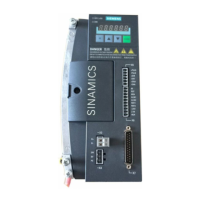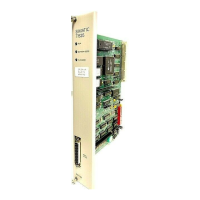Configuration
6.4 Application environment
SIRIUS - SIRIUS 3RT Contactors/Contactor assemblies
Manual, 09/2017, A5E03656507120A/RS-AE/006
91
The contactors may be operated for 1 hour at an ambient temperature of up to T
a
≤ 80 °C
without reducing the permissible currents. Nevertheless, the average ambient temperature
must not exceed Ta ≤ 60 °C for any 24 hour period. Note, however, that contactors that
contain electronic components or are combined with electronic accessories (e.g. integrated
overvoltage attenuation, etc.) may only be operated at an ambient temperature of up to
T
a
≤ 60 °C.
Minimum clearances from adjacent components
The 3RT2 contactors are dimensioned for side-by-side mounting at temperatures of up to
+60 °C. At higher temperatures a clearance of 10 mm may be required in order to ensure
better heat dissipation with side-by-side mounting. With capacitor contactors, a lateral
clearance of 10 mm is required for side-by-side mounting.
Operating range of the solenoid coils
All SIRIUS contactors fulfil the operating ranges of 0.85 ... 1.1 x U
S
(rated control supply
voltage) demanded by the IEC 60947 standard. The majority of the devices feature an
operating range from 0.8 ... 1.1 x U
S
; on some versions it is 0.7 ... 1.3 x U
S
.
Some versions of the contactors for railway applications have an operating range from
0.7 ... 1.25 x U
s
at an ambient temperature of +70 °C.
The electronics remain functional at ambient temperatures between -40 °C and +70 °C. This
cannot be extended, even with reduced duty factor or lower current.
The reason for this is that some components are approved only to -40 °C, and below this
they can be destroyed.
At the other extreme, with a switching transistor at the maximum permissible voltage (36.4 V
or 169 V or 305 V), the temperature is already just under the destruction limit. A further
increase in the ambient temperature can cause irreparable damage to the component (in the
case of a transistor: short-circuit).
A microcontroller in the circuit measures the chip temperature and switches the device off if it
is too high.
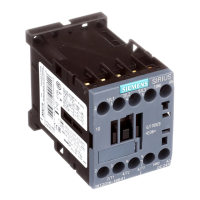
